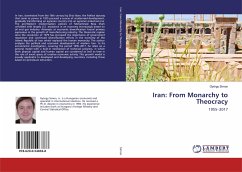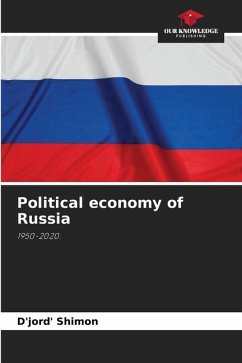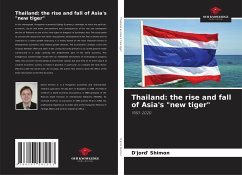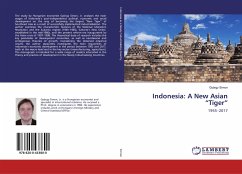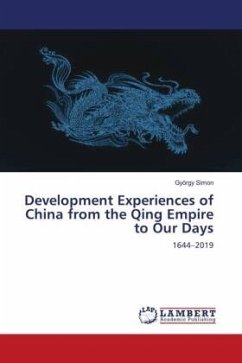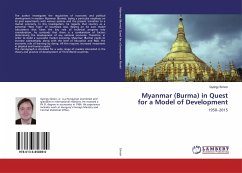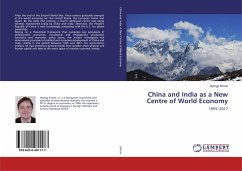
China and India as a New Centre of World Economy
1955-2017
Versandkostenfrei!
Versandfertig in 6-10 Tagen
51,99 €
inkl. MwSt.

PAYBACK Punkte
26 °P sammeln!
After the end of the Second World War, three centres gradually emerged in the world economy, viz. the United States, the European Union and Japan. By the early 21st century, a fourth additional centre was being formed, represented today by China and India. Moreover, the People's Republic of China is now increasingly competing with the U.S. for global leadership.Relying on a theoretical framework that comprises key postulates of development economics, neoclassical and endogenous production functions and economic policy issues, the author investigates the determinant processes of political and e...
After the end of the Second World War, three centres gradually emerged in the world economy, viz. the United States, the European Union and Japan. By the early 21st century, a fourth additional centre was being formed, represented today by China and India. Moreover, the People's Republic of China is now increasingly competing with the U.S. for global leadership.Relying on a theoretical framework that comprises key postulates of development economics, neoclassical and endogenous production functions and economic policy issues, the author investigates the determinant processes of political and economic development of China and India, chiefly in the period between 1955 and 2017. For econometric analysis, he uses primarily a general model that considers both physical and human capital and time as the event space of creative economic activity.




